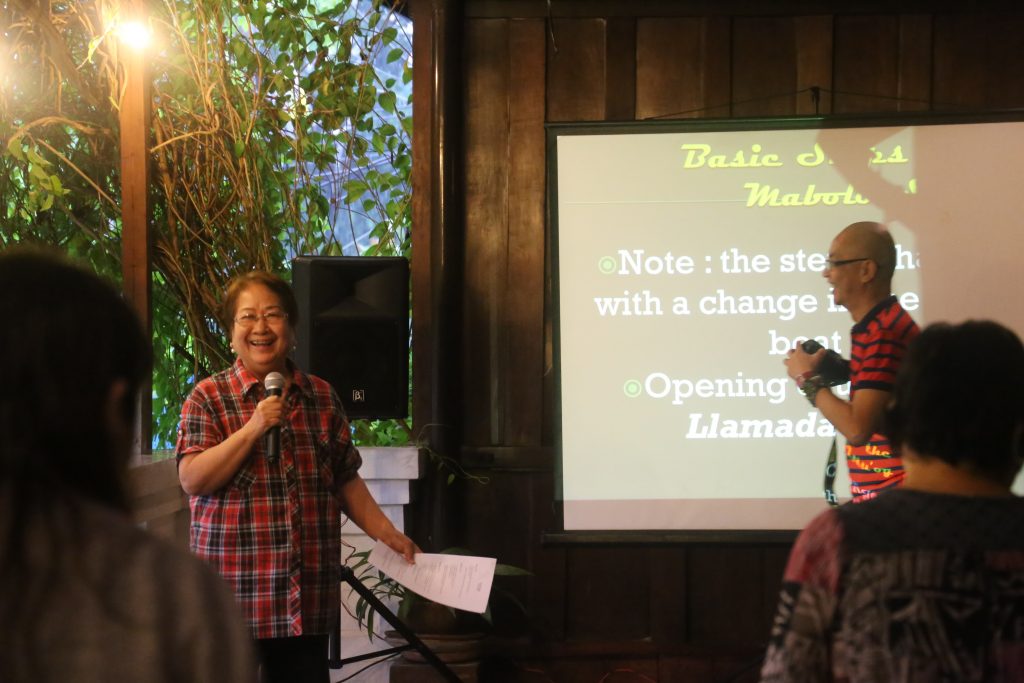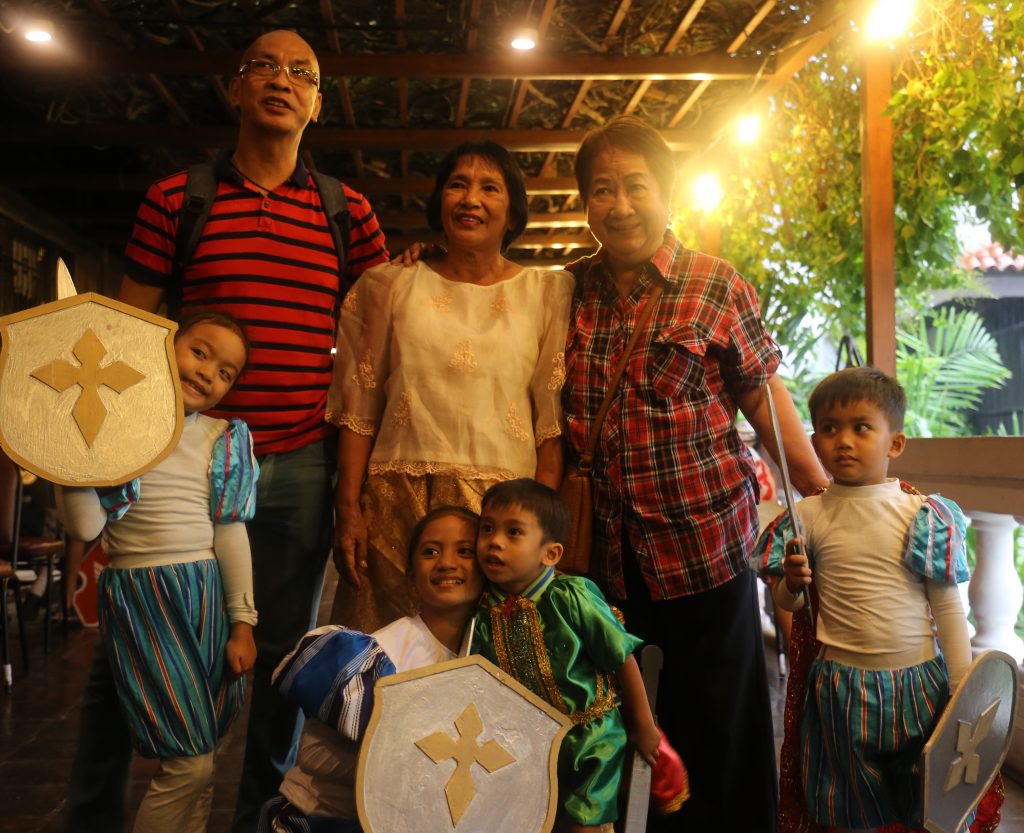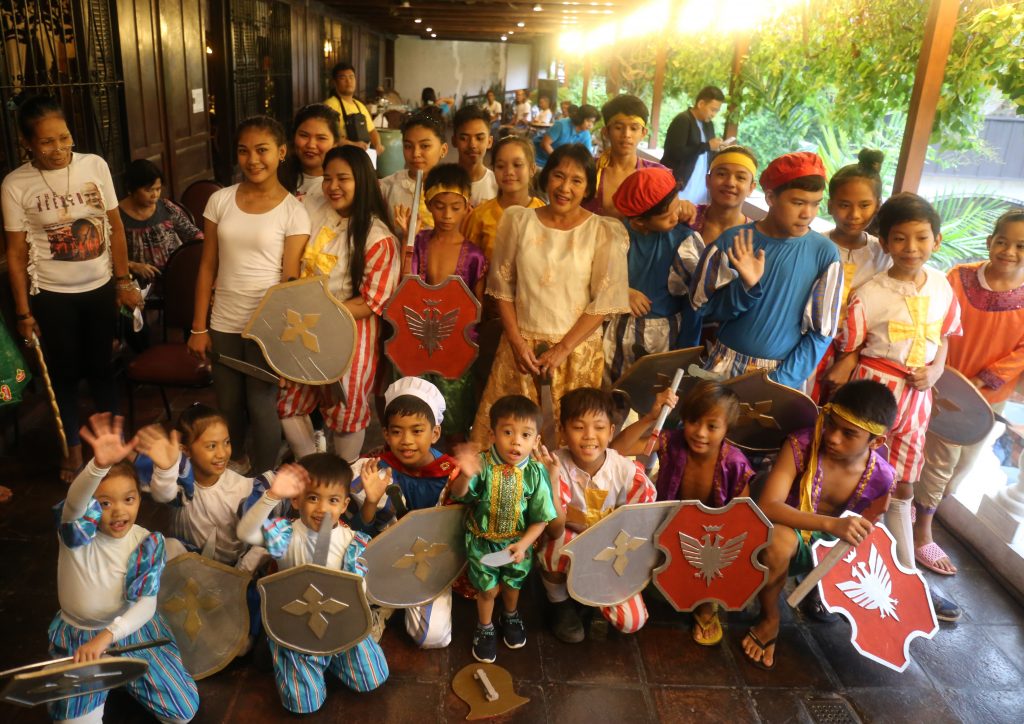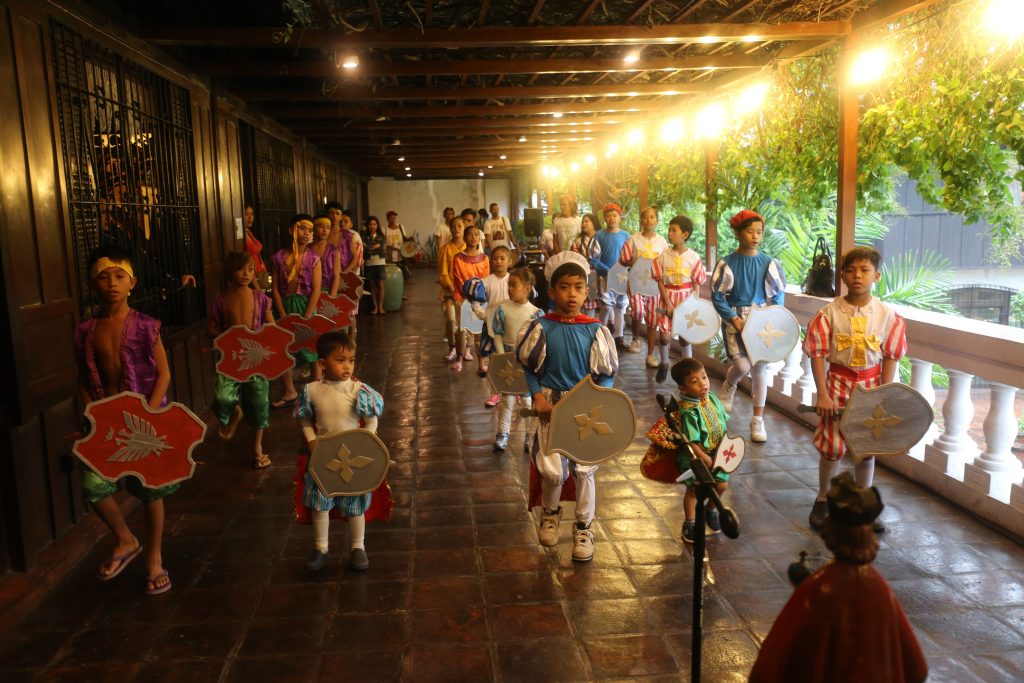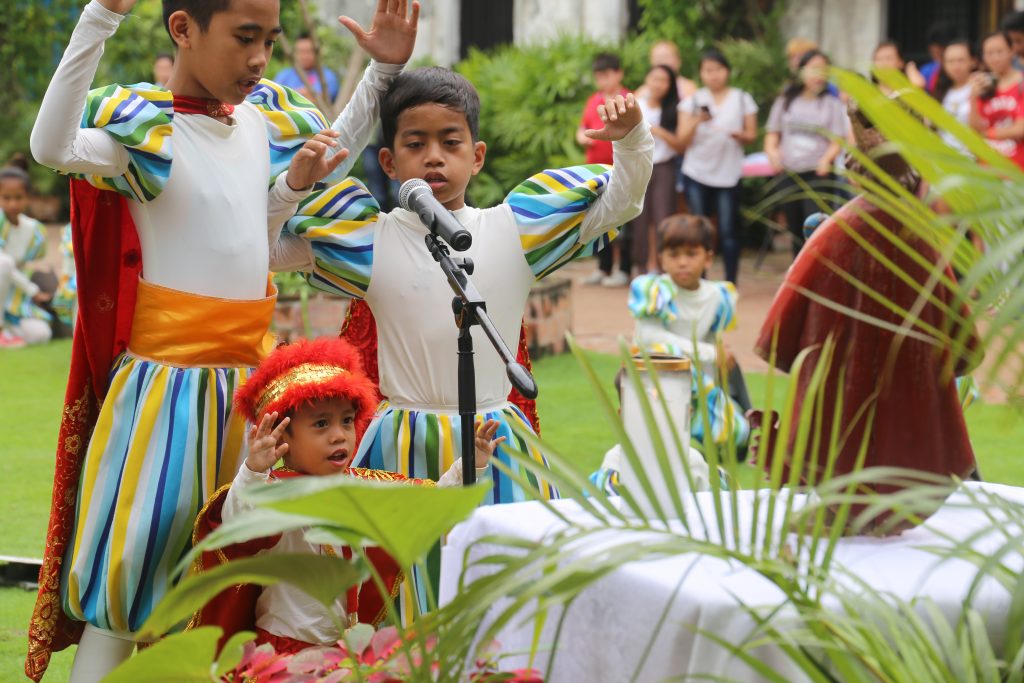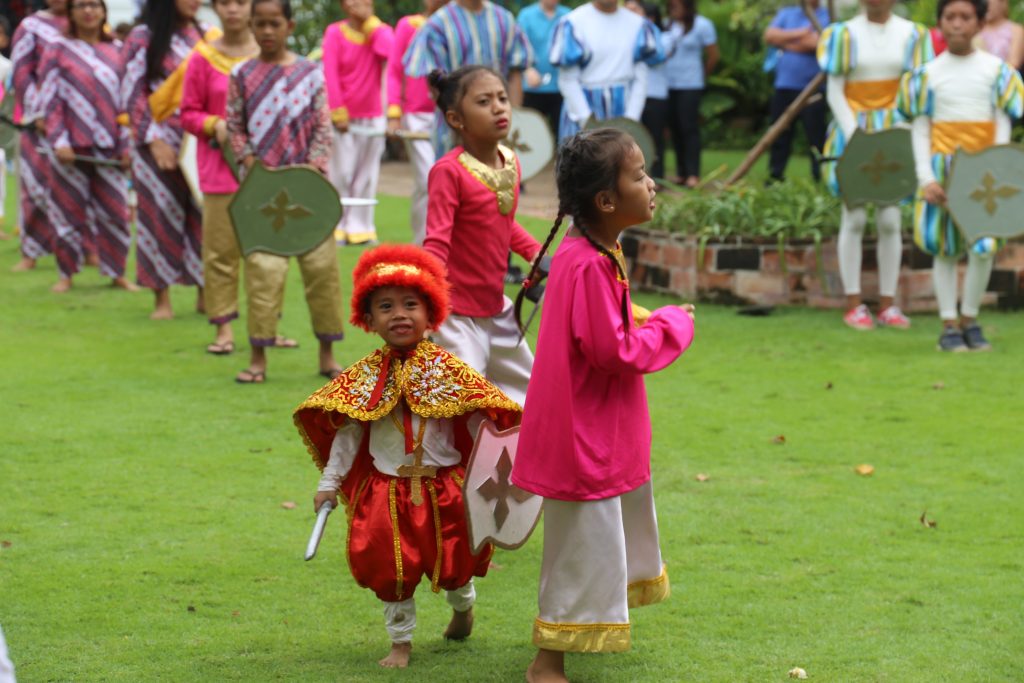What it is now is far from how it began.
“Before the arrival of Portuguese navigator Ferdinand Magellan sa Sugbo on April 7, 1521, the sinug was already danced by natives as supplication to deities and nature spirits called diwata,” choreographer Ceasar Nimor explained the early practice of the dance prayer.
“We can’t really explain where—and how it started because it is a tradition.”
Along with another choreographer, Mila Catelo-Janson, Nimor commenced the first installment of the series of culture and heritage lectures called Casa Gorordo Museum Talk (CGM Talk) with the mother of Cebuano dances as subject last Tuesday, January 16. He said that it is still practiced by indigenous inhabitants in Bukidnon and Iloilo. Thus, he has compared how participants of the modern-day Sinulog have merged the original figures from “the tindera og kandila” and “Mabolo sinug” into a whole new routine.
“It is not Spanish-influenced. It is very, very indigenous. And to this day, dance as a form of worship is still being performed in cultural communities in the Philippines. There is no wonder why the pre-Hispanic Sugboanon had used the same medium to communicate with the supernatural,” Nimor, incumbent president of the Cebu Colleges and Universities Choreographers Association, continued. He and Catelo-Janson’s first volume on Cebuano Dances will be released in the middle of this year, published by the Ramon Aboitiz Foundation Inc. (RAFI).
One distinctive identity of the version that has originated in Mabolo, is the altar of Sto. Niño. It is positioned in front of the performers to manifest the act of offering to a higher being.
For members of the Turang Dance Company—founded by the late Buenaventura “Turang” Diola who authored its proliferation—carrying the statue is sacrilegious.
The dance narrates the coming of Christianity to the Philippines, the dispute between island natives and the Spaniards, and ultimately, the friendship between the two races, akin to the Spanish theater form moro-moro or linambay in Cebu. It is pointed to as the “combative sinug” and follows the 4/4 time signature of beating drums (except for the pakli step which is in the ¾ time). The dance begins with the alabacion (where the lead performer chants a prayer to the Santo Niño on the altar), and includes movements of prop-swords in the tukod espada (saber arch) and estocada (fencing).
Turang’s daughter, Nang Titang (Estelita Diola), was known as the keeper of the family tradition. She mastered the dance steps when she was seven years old from her father while Mariano “Iklot” Bontilao provided the beat, which she also learned and passed on to the generations after hers. Following her demise in March 2013, the legacy still lives on. She handed down the knowledge of the sinug dance to her niece, Carolina Diola, who now leads the group.
Through the sinug dancers, the Gorordo family and other Parian families interceded for
the souls of their departed loved ones in this sacred ritual until the outbreak of World War II. To preserve the religious heritage of the family, it is still observed at the Casa Gorordo Museum the Monday after the annual Sinulog grand festival. This year, it was held last January 22.
On the other hand, the second version is more popular among candle vendors at the church. This “votive sinug” involves minimal footwork but punctuated with the graceful waving of the arms (hapay) and flicking of the wrist in rotation while holding the candles for lighting later.
A third version of the sinulog is a combination of the two indigenous dances and is
popularized in the festival dance today. It borrows the kinampilan step of the combative version and the double close step of the prayer dance.
With a female lead dancer carrying the image, it commemorates the baptism of Hara Amihan or Queen Juana, the wife of Rajah Humabon. The Santo Niño was a gift from Ferdinand Magellan. At that time, 800 of her subjects were also baptized. When she received the image, it is said that the queen danced with joy and the rest of them followed. Thus, the first Sinulog.
Every third Sunday of January in Cebu, the Sinulog (from the common contraction sinug) is celebrated both as a religious and cultural festivity in honor of the Holy Child Jesus or the Santo Niño.

